

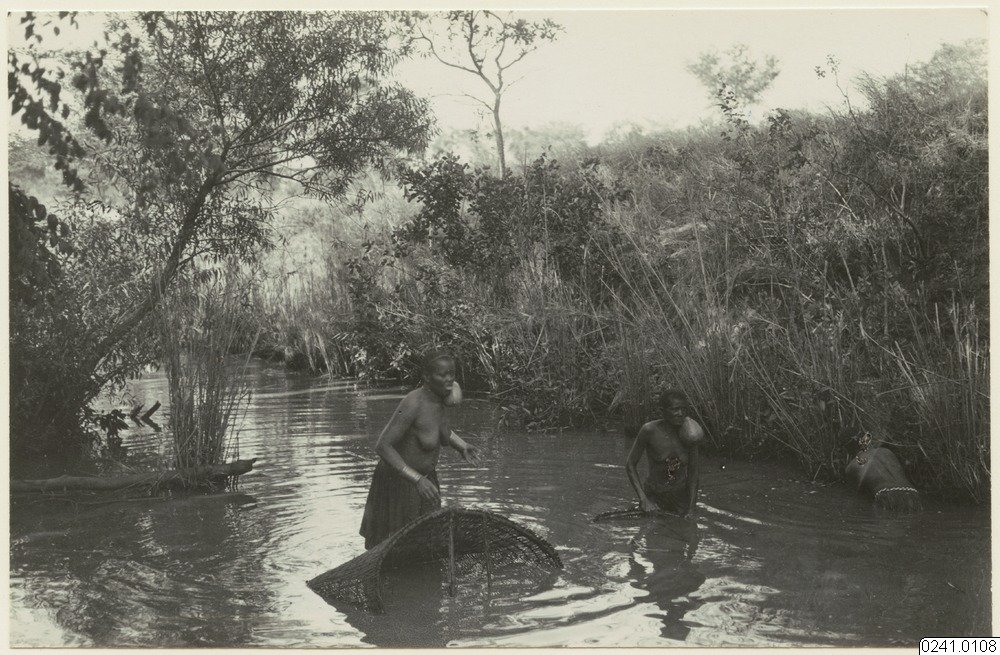


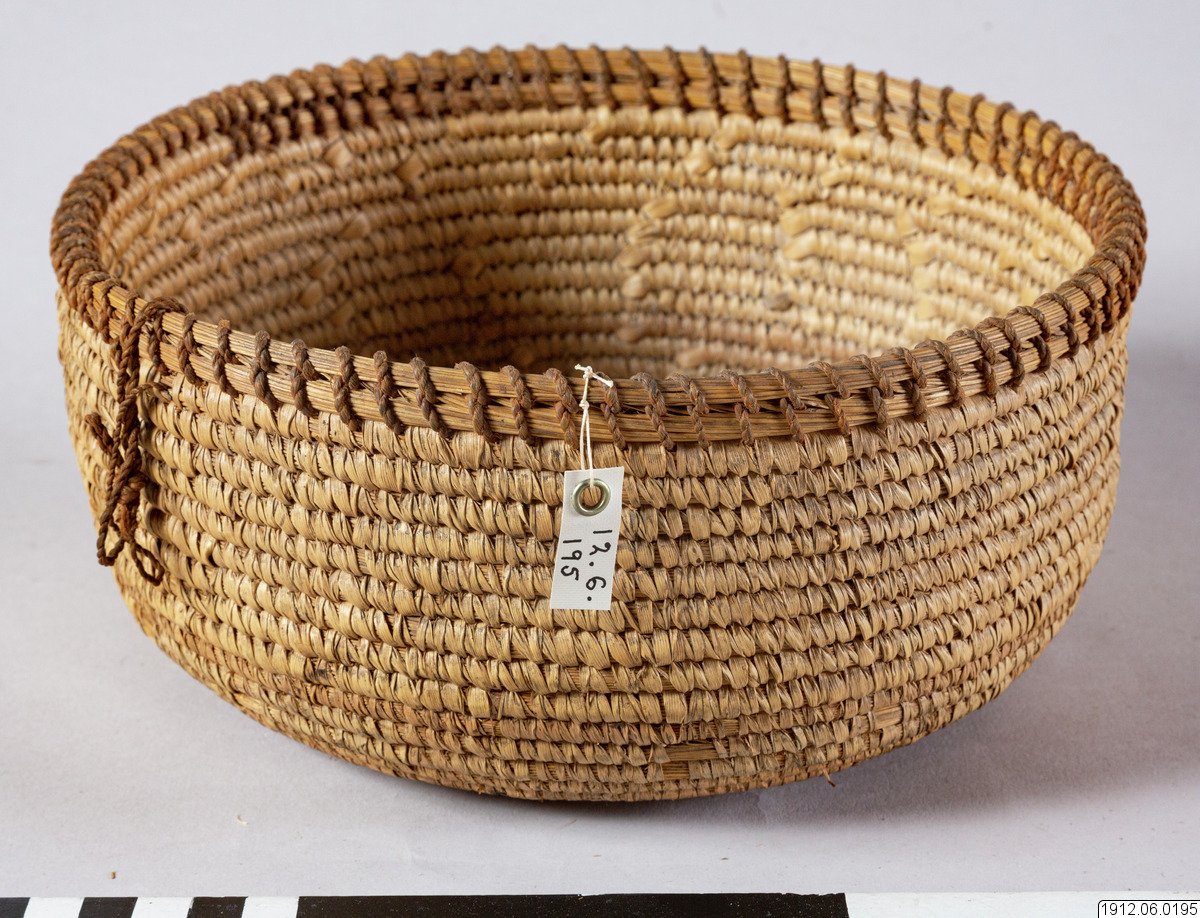
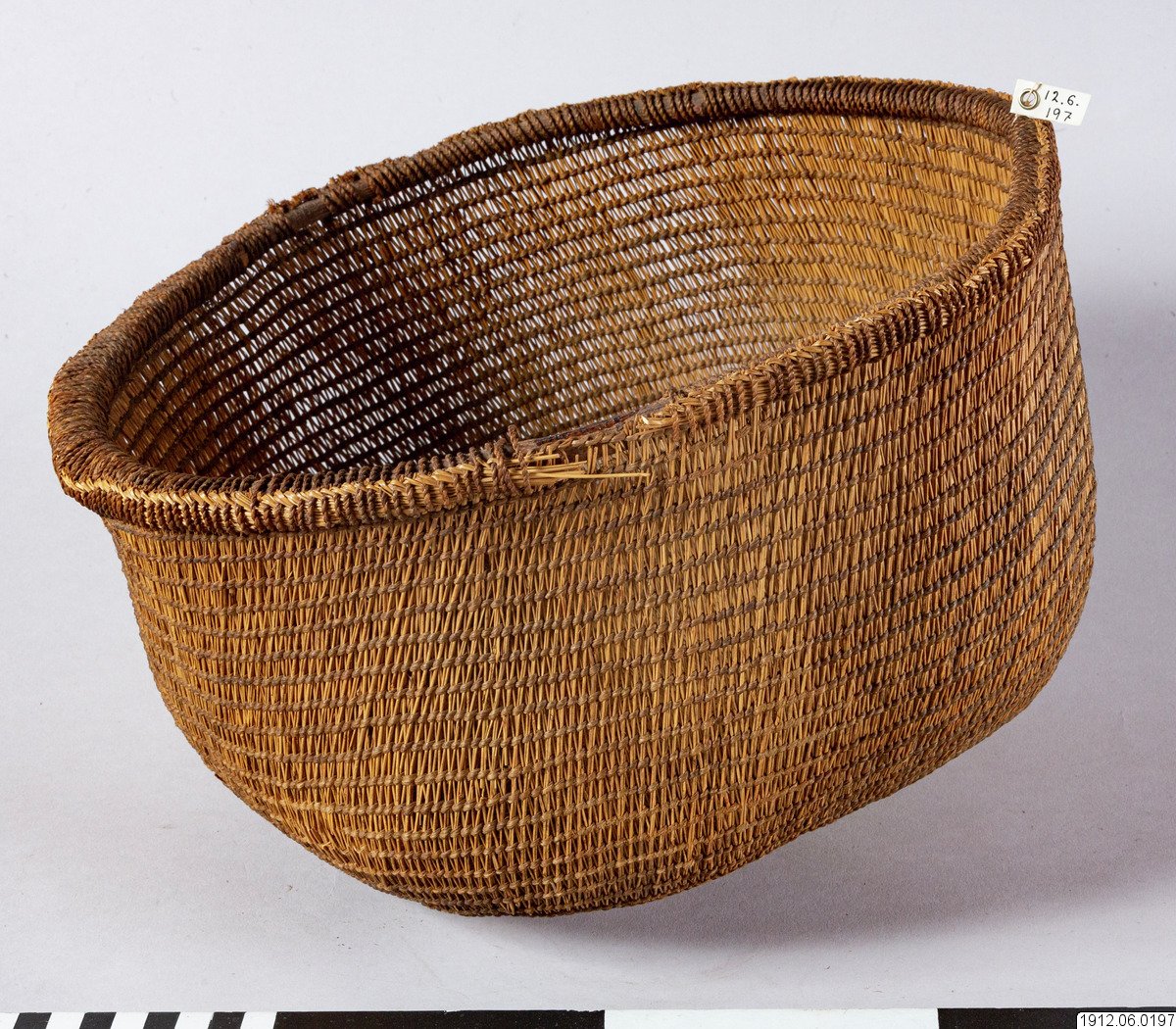
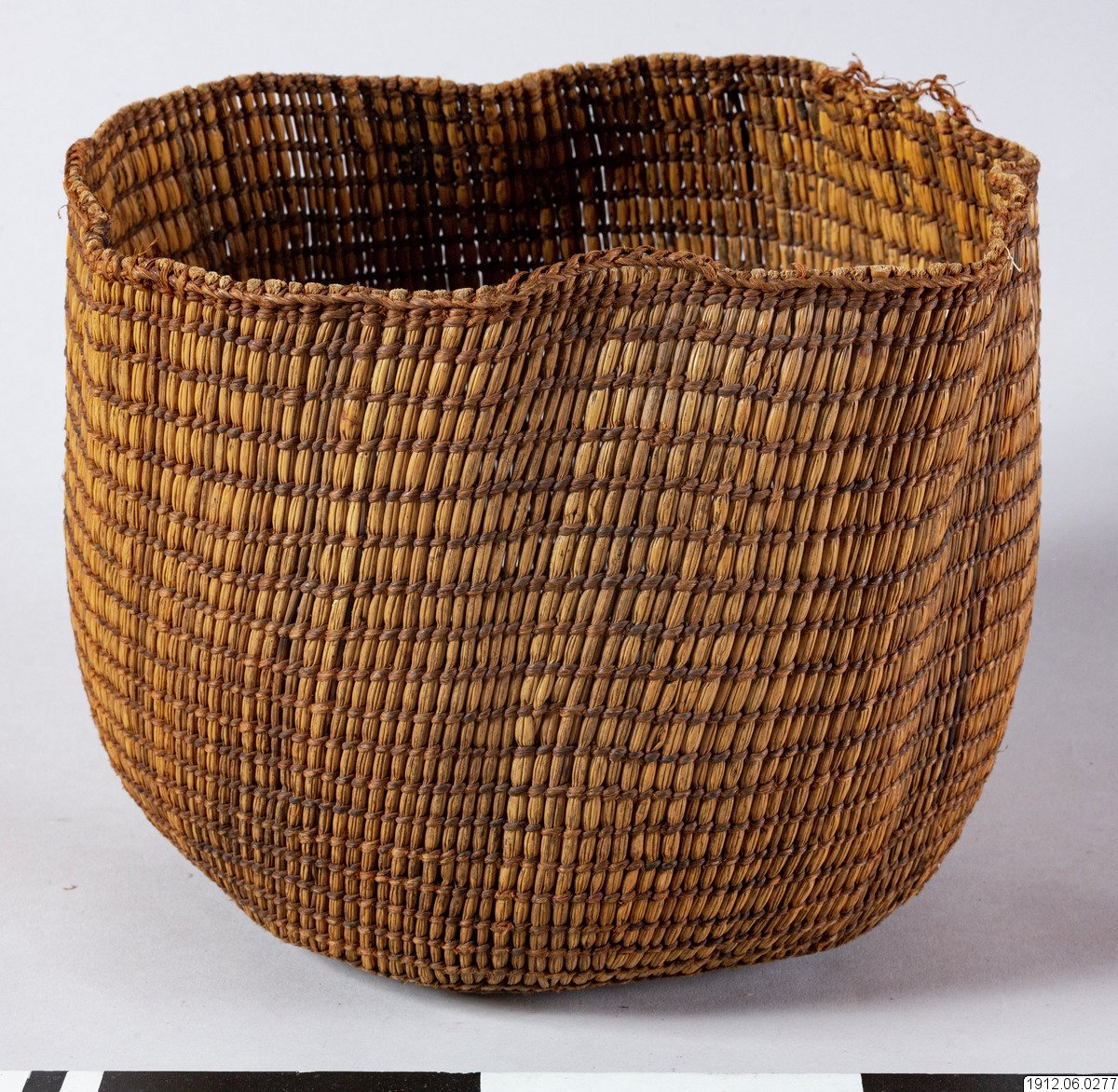
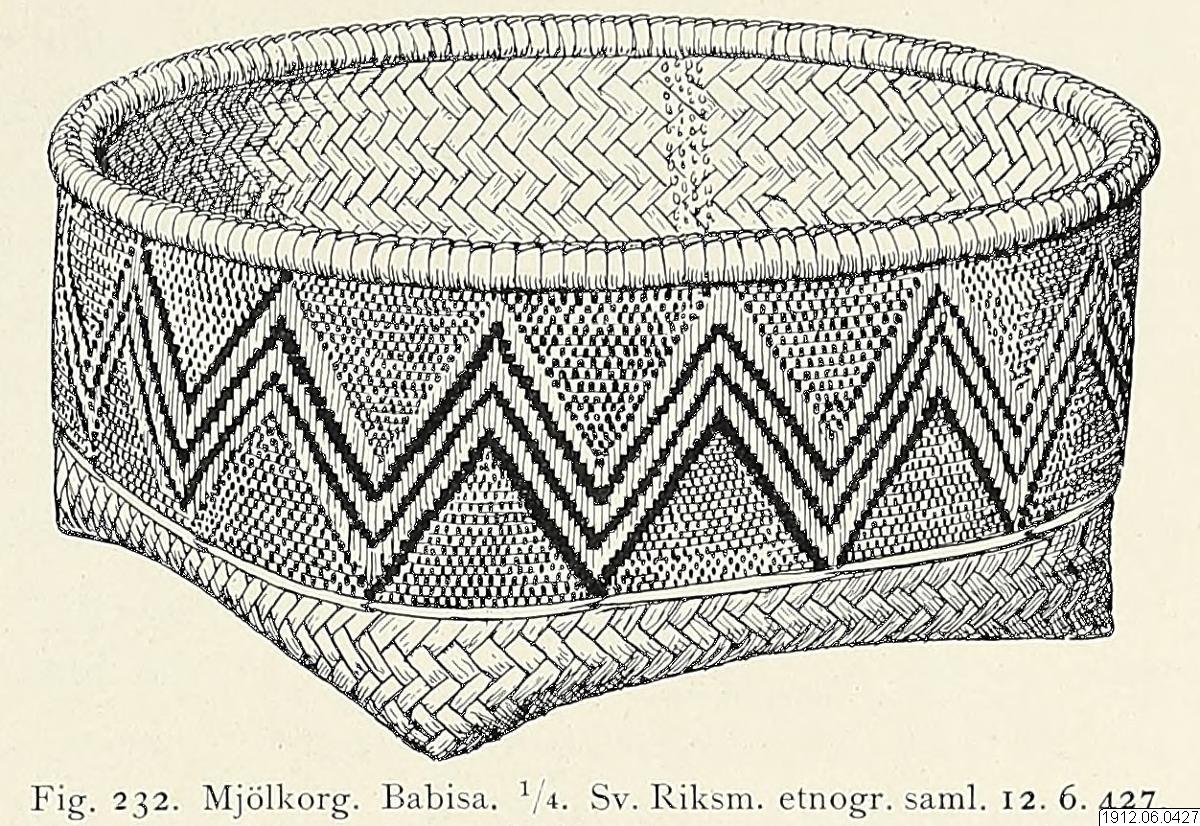

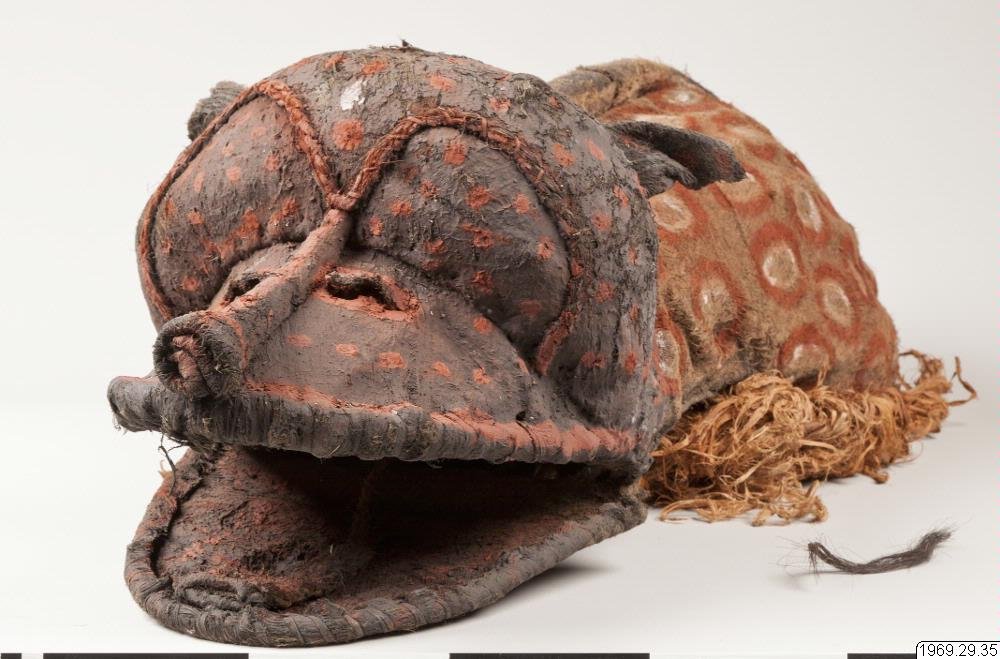
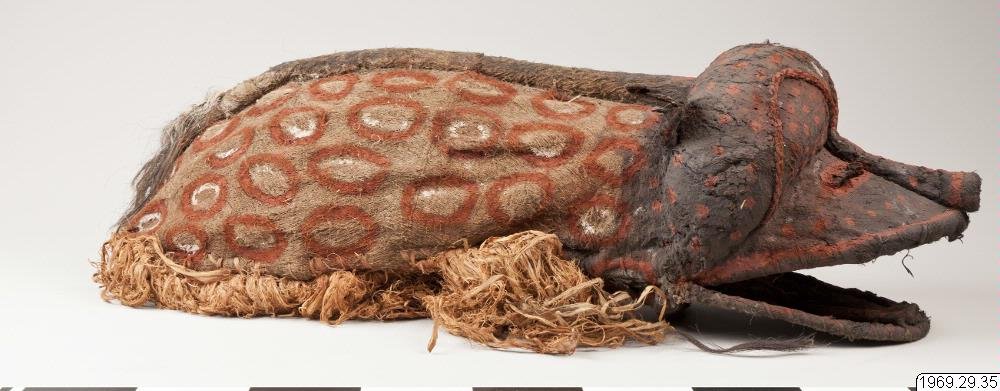
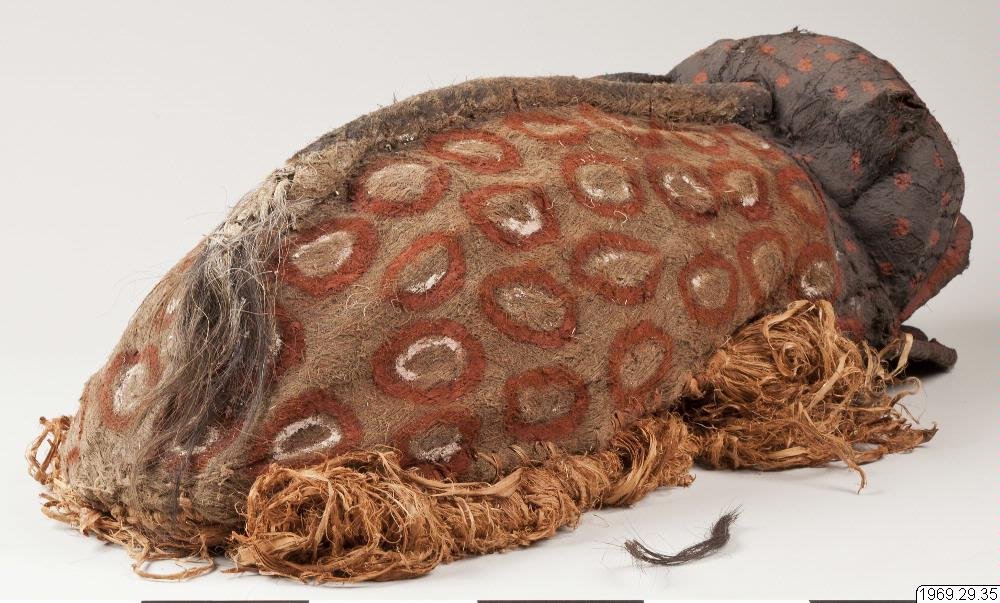
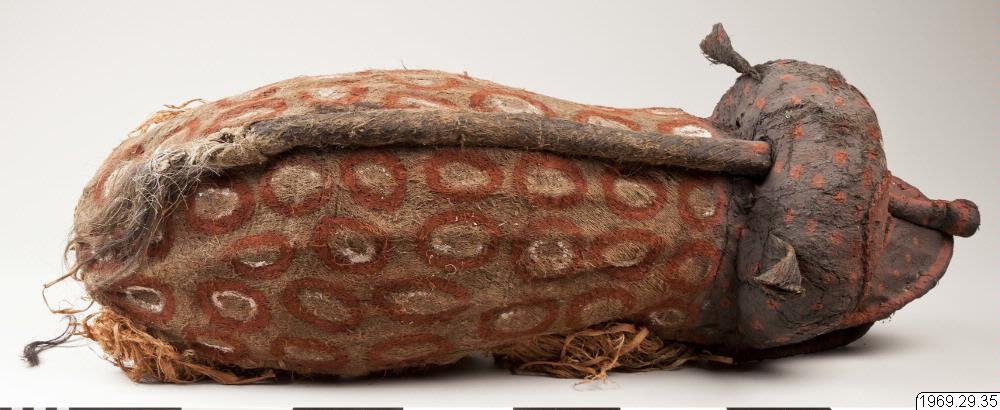

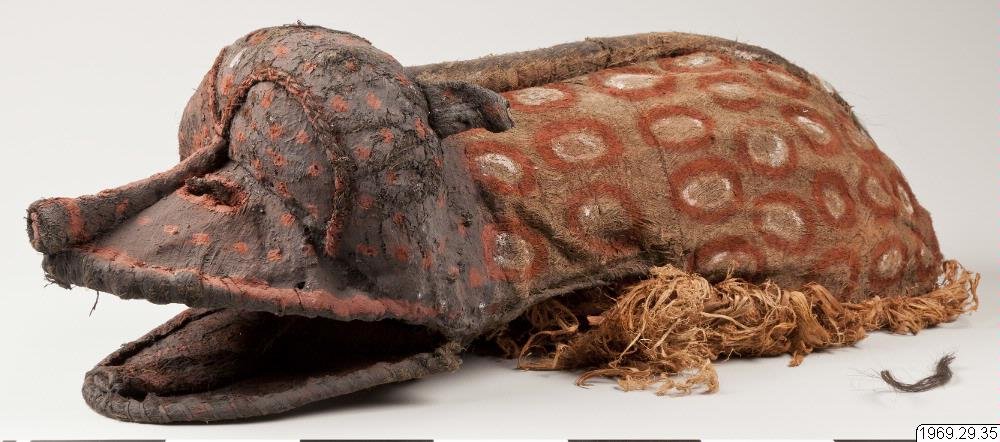

In line with The Women’s History Museum of Zambia’s mission to cultivate cultural heritage preservation and our partnership with the National Museums of World Culture in Sweden we conceived the “Shared Histories” project. This is a collaborative digital platform centred around cultural object repatriation through digital means. Shared Histories works to address the gap in cultural knowledge by providing and increasing accessibility to Zambian cultural objects which have, over centuries, found their way outside of their communities of origin and thus have been inaccessible to most.
The experiences and contributions of owners of heritage and objects have been erased from the mainstream socio-economic and cultural history in Zambia as a result of the country’s colonial legacy and post-colonial tensions. This is exacerbated by generally poor access to sources of museums, archives and museum collections. The Swedish Ethnographic Museum and The Women’s History Museum of Zambia developed a proposal to address this matter.
Consequently, a project to develop a collaborative and interactive digital interface for sharing historical collections and women’s histories between Sweden and Zambia was approved for funding by the Swedish Institute.
The project facilitates the metadata healing of Zambian histories and objects which currently remain in the physical collections of the SMWC through conducting extensive provenance research programmes. The impetus behind these programmes are to recentre the voices of the original makers of the objects, original owners of the histories, in the narratives attached to collections they rest in.
The project site is due to launch in 2024.

"The third net, Fig. 226, which measures only 66 cm. in length and 32 cm. in width, however, is manufactured in a completely different way. It consists, as the picture shows, of long sticks and pipe slats, which are tied next to each other. The tubes and pins, which are attached at the top to the coarse wicker, which runs around the mouth of the net, are broken at the bottom at an acute angle, whereby the net has the appearance of a keelboat. On this as well as on the previously described rakes, three bast cords are tied over the mouth so that it will not be blocked out too much when the water presses on the rake." (p. 331, von Rosen, 1916, translated from Swedish).;
"From the general consensus, the object above is called Izubyo or Hiko in the Gwembe valley. It is used in shallow water fishing by women. It is mainly made by women using reeds, twigs and fiber. It is still used in some places but it has widely been replaced by deep water fishing which is done by men. In a few places that it is still being used it has been modified and it is called Kazamba." (WHMZ 2021:7)
The above information is based on workshops carried out in October 2020 in four villages in three districts in the Gwembe Valley of Zambia's Southern Province. The workshops were led by cultural historian and curator Victoria Chitungu Phiri representing the Women's History Museum Zambia (WHMZ) and Choma Museum, supported by a team from Choma Museum, Zambia. The workshops were part of the collaborative project Empowering women's histories: Sharing Digital Heritage between Zambia and Sweden (2020-2022) and involved 48 participants of different ages from the villages of Chisumba/Munyumbwe (Gwembe District), Siabaswi/Chief Mweemba, Siansalama (Sinazongwe District), and Madyongo (Zimba District).

The basket collection includes a variety of woven vessels from across the country.
Above is an example of a basket made by baTwa of Northern Zambia collected in 1912.
"However, the milk baskets are usually made of a different material and according to a different technology. Fig. 132 shows the image of a milk basket of step grass. This has been twisted together into a roll, which is then sewn together turn by turn with the help of a long iron needle. From the detailed drawing (Fig. 133), which shows the center of the basket bottom, one gets a good idea of the nature of the technique used in the manufacture of these baskets. Often the tread grass roll is wrapped with other grass, which can be seen on the large basket fig. 134. The center of the bottom of this basket is also depicted (fig. 135). The original of Fig. 132 has a height of 9 cm. and a circumference of 75.5 cm .; the original of Fig. 134 is 19 cm. high and measures 133 cm. in circumference." (p. 227, von Rosen, 1916, translated from Swedish).”

The collection also includes a range of ceremonial masks and sacred riual objects.
Above is a mask made by the Chokwe; Luchazi; Luvale; Mbunda
“Mask in the form of a hyena with a movable lower jaw. Bark fabric over frame, fringe along the bottom edge. Used in makishi dances, according to the general catalogue.
Munguli, like other zoomorpha mask characters, appears at boys 'circumcision rituals (mukanda) and at chiefs' installation ceremonies. When they dance, they are (unlike many other aggressive characters at mukanda) accessible and entertaining, and they often illustrate proverbs and stories. The dancer appears on all fours under the mask (Jordán 2006:69).
The statement found in the old General catalogue and based on information from Elmberg, that the mask originates from the Lozi people, is inaccurate, since the Lozi people have never practiced mukanda or performed makishi masked characters. More probable origin is Mbunda, Luvale or Luchazi, who live in the same area as Lozi and who historically have regarded the Lozi chief (Litunga) as paramount. (Michael Barrett 2023-10-12)”
